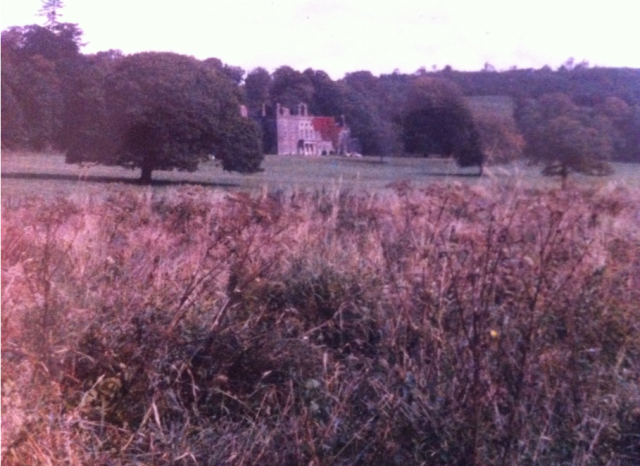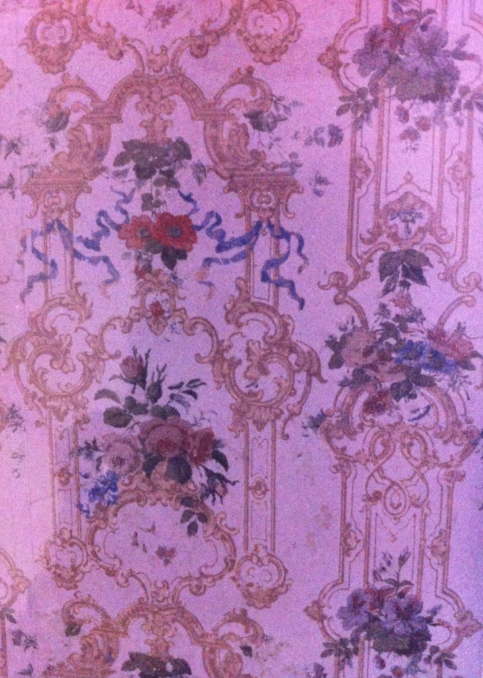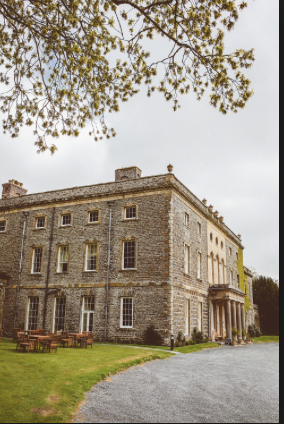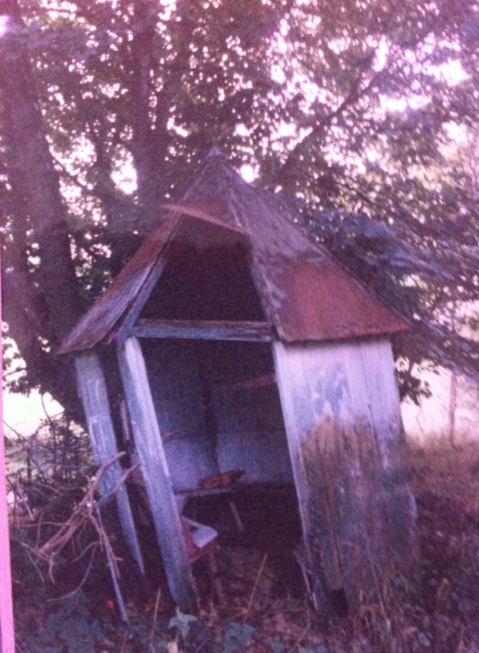It is interesting how inspirational Plas Nanteos has been for so many years – steeped in history, myths and richly woven stories true or false both ancient and modern. The story have been influenced by the narrators present over the years. There may be inaccuracies in the telling but this narrative reflects the feeling emanating from the house and its surround landscape when I visited it in the early 1980’s.

The house that stays in my mind most clearly is Nanteos – ‘The Stream of the Nightingale’ – in Welsh. I first came across it when walking from Aberystwyth to Devil’s Bridge as a student. I was enticed to explore further by the Italianate gate house and the long driveway over hung with oak and overgrown with Rhododendrons beyond that enticed me on to explore further. The verdant overgrowth disappeared to be replaced by grassland dominated by a huge oak tree standing sentinel over the still boating lake – a boat on the lake tied to it. The old boat house on stilts over the lake is mouldering away among the ponticiums which are a blaze of pink flowers. Beyond the boat house the valley opens up into a wide rolling grassy valley with the stream hidden in it,
The woodland on the left finally recedes suddenly to reveal a modestly proportioned Georgian manor house tucked into the valley slope. Going through the main door there were pictures in the panelled recesses ninth walls. The floor is made of large slate flags that indicate a more ancient monastic origin. When I encountered the house it had a lived in down at heal feel about it. There were generations of vacuum cleaners in the scullery going back to a pre electric era. The living room off the hall was cool and airy – so suited to that Victorian favourite the Aspidistra that flourished here.

The bright green leaves on the dainty little flower stems decorating early nineteenth century wall paper warn only the wary that the pigment contained arsenic – which when damp may have contributed to Napoleons demise in St Helena. The closed shutters at the end of the room hid nothing but a wall sealed since that fateful day when apparently a member of the Powell family was thrown from his horse – if this is a true story.

Blanked out row of windows at end of the house join the early 1980’s.
In the dining room among the genteel untidiness a note lay on one of the tables from a significant literary writer of the nineteenth century – i forget which. The long dining table then present with it’s row of gothic arched back dining chairs resembled the windows of Hafod from which they came after the house had fallen on hard times and its remains was later demolished after the Second World War. Now back in the cool dark hall and up the wide staircase which turned underneath the clear lantern windows surrounded by coloured glass panes and upwards through the false marble pillars towards the daylight emanating from the music room. Is it true that it is haunted by an ancient faithful harpist who played in life during many Christmas times? In the panelled corridor cupboards of secrets are half open revealing some of their contents. Here a pair of ladies shoes covered with beads like pearls – but from when did they date? In the dusty attic room a large child’s racing car may be from before the Second World War was revealed by shafts of light. Back down in the basement a tunnel blocked – but where did it lead to? Was this an indication to some of the houses earlier wealth?

Outside the once grand walled entrance to the stable courtyard was surmounted by a pair of eagles. The dusty stables home to generations of horse drawn carriages and motor cars.
There was a huge walled garden the lead nails between the brickwork indicative of where the fruit trees were. Then only a solitary pear tree survived with small scabby fruit in the vast expanse of grassy tundra that was once so productive before the great conflict of the early 20th century that took so many lives including here.
Was this the remains of the moveable Victorian summer house that was thought by some to have been destroyed in 1996?

Underneath the old mulberry tree outside the walled garden was the Pets Cemetery apparently from the mid Nineteenth century. The names on the graves so dated and would may be considered politically incorrect these days.
The house had at one time a Mediaeval copy of the holly grail and several ghosts apparently still haunt the house including Elizabeth Powell wife of William Powell who hid her jewels just before she died towards the end of the 18th century and apparently haunts the house to make sure people don’t find them!
Modern drama
I saw Nanteos on it’s uppers in the early 1980’s – visiting it on several occasions. Taking many photos inside the house and the generations of carriages and cars in the stables and the entrance with the eagles still present – but I don’t know what happened to the film. Its modern history has been equally dramatic. The house at end of my time in Aberystwyth found new owners – who loved it, however sadly without the historic contents it was difficult for the new owners at the time to achieve their aspirations . I understand the house went into decline for some time.
Modern Renaissance
The house has been rescued from possible oblivion and tastefully restored as a country hotel. Although there have been many changes over recent years – at least some of the ghosts seem to still be in resident. I wonder if the generations of white flowered myrtle bushes struck from wedding bouquets still flourish in the grounds at Nanteos these days?
Other links about Nanteos
http://www.nanteoshistory.co.uk/thenanteoswalledgarden.asp



